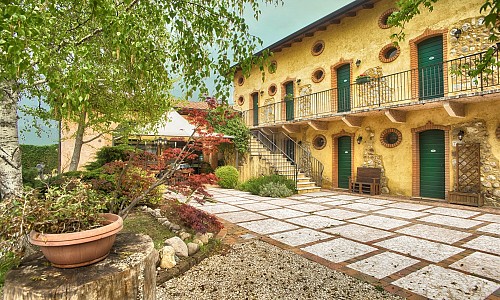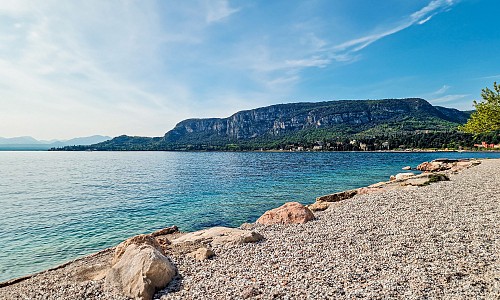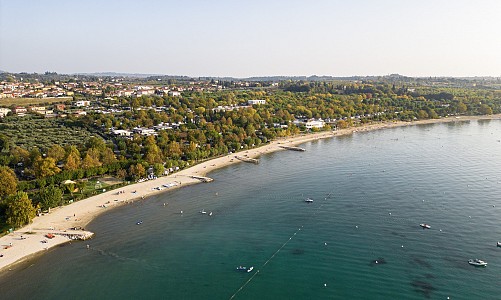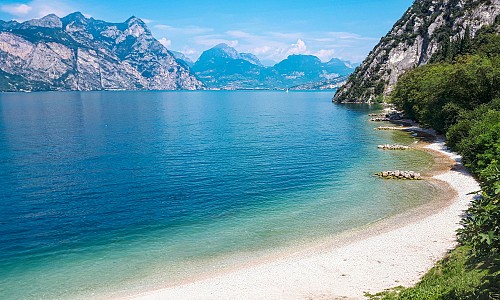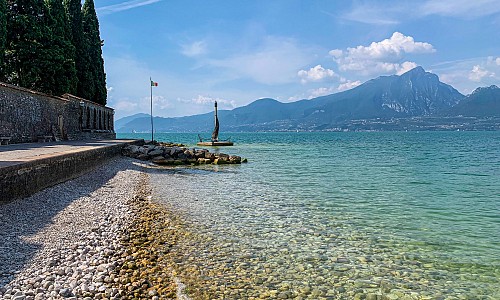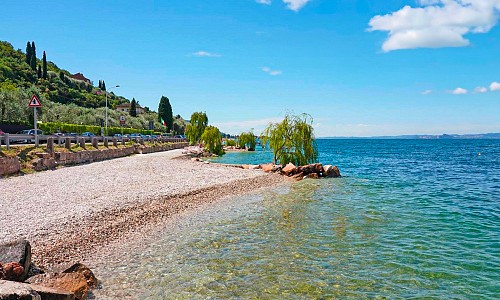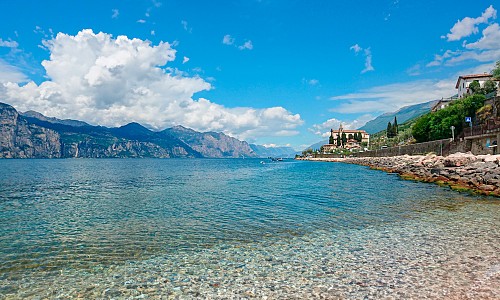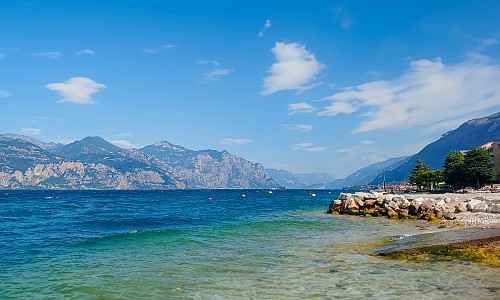Molina Waterfalls Park, a natural landscape of incomparable beauty!
- Category What to do Lake Garda and Verona
Agriturismo - Where to stay overnight
The Parco delle Cascate di Molina is a protected natural area nestled within the wider Lessini Mountains Regional Park. Located south‑east of the village of Molina in the locality of Vaccarole, it can be reached only on foot via an easy path that winds through the medieval hamlet to the reserve entrance. Spanning roughly 80,000 m², the park embraces the final stretch of the Molina Valley, the junction with Val Cesara and the Vajo delle Scalucce—a tapestry of wooded gorges, limestone cliffs and evocative waterfalls.
The Lessini Mountains emerged definitively during the Tertiary Era, about 25–30 million years ago. Since then the area’s limestone has been ceaselessly sculpted by weathering, fracturing and dissolving. Surface and groundwater have created a classic karst landscape, unexpectedly rich in springs and streams. The waterfalls form where running water meets alternating strata of differing hardness: impermeable clay layers within the Biancone limestone prevent rainwater from filtering down, forcing it to re‑emerge and plunge into shady ravines. Channels, niches and potholes carved by the current are visible both in today’s riverbed and on the flanking rock walls—fossil traces of ancient watercourses.
Visitors are immersed in a mosaic of hornbeam, ash and beech woods interspersed with clearings, interrupted by cascades, rills and mirror‑like pools. The velvety green of the vegetation contrasts with the silver‑grey limestone spurs, while spring brings splashes of colour from columbines, martagon lilies and wild orchids.
This habitat shelters rich wildlife: mammals such as foxes, badgers, roe deer, squirrels and dormice; birds including the white‑throated dipper, peregrine falcon and, rarely, the eagle owl. Crystal‑clear pools harbour protected amphibians like the agile frog and the yellow‑bellied toad, while the streams nurture pollution‑sensitive macro‑invertebrates—valuable bio‑indicators of pristine water quality.
Source: Parcodellecascate.it



